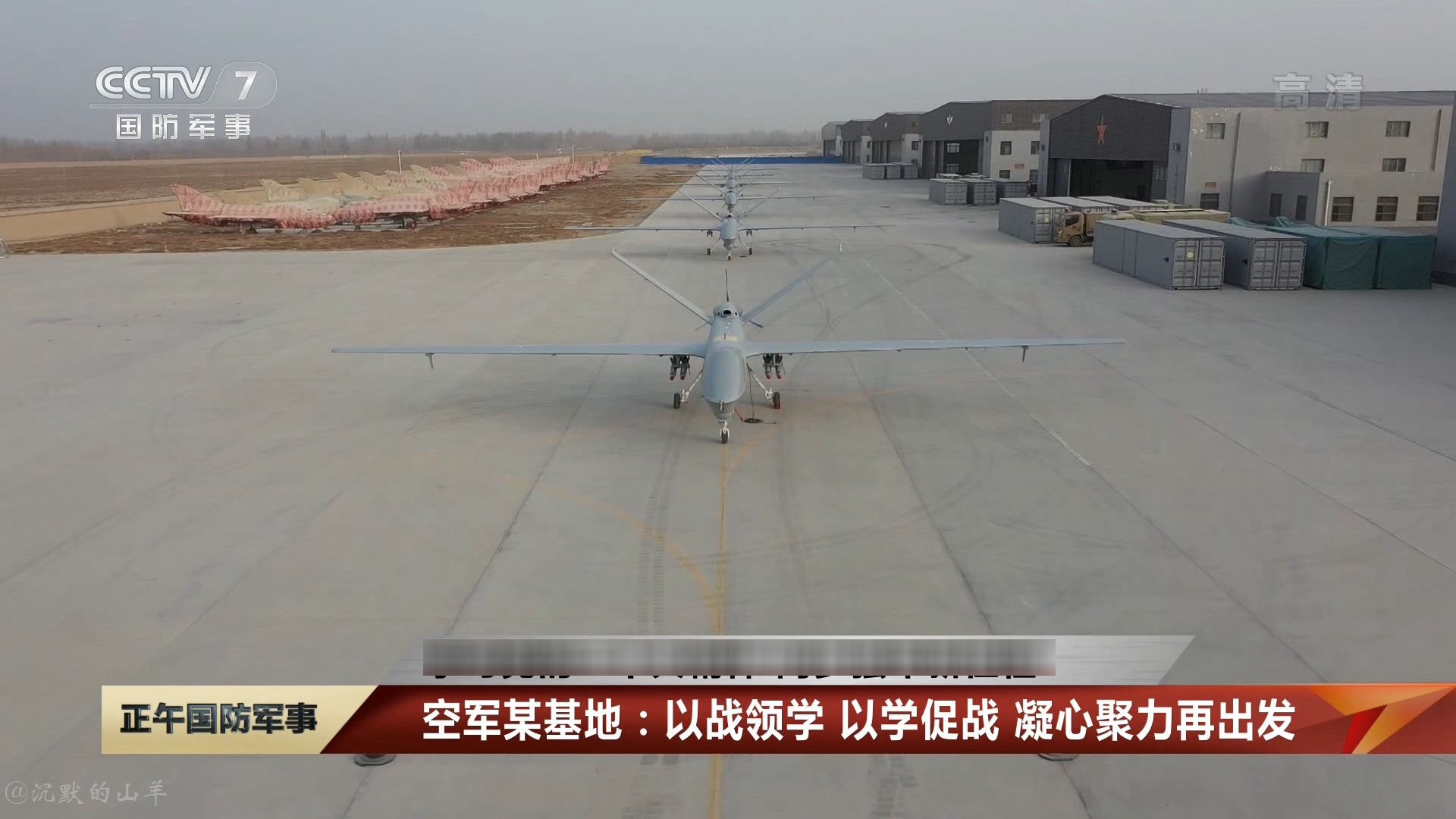by78
General
Most of which appeared as stand-alone items, more like proof-of-concepts designs that show promise but isn’t really ready for mass fielding.
Whereas the big stand-out this year is how much they have evolved and been developed into operationally deployable packages and also the widespread way they are being incorporated into other systems suggests to me widespread industry acceptance, which strongly hints at PLA orders.
I don't think so. Most of these systems are as they were at last year's Zhuhai airshow. In fact, I'm struggling to think of anything different this year beyond more evolved laser weapons and a new SAM system against drone swarms.
Stepping back a moment, it's rather odd to attribute any perceived change to lessons supposedly learned from the war in Ukraine. First of all, what lessons have the Chinese learned? How and from where did you learn about what they had learned from the war?
Putting that question aside for a moment, let's assume that some lessons have indeed been absorbed by decision makers and movers in the defense and policy establishment who, as a direct result of the said lessons, began implementing new solutions. The big problem here is that the R&D lead time alone would far exceed the amount of time that transpired between the onset of the war in Ukraine and the opening of 2022 Zhuhai show. Weapon development isn't baking; it takes time to develop, test, and implement new systems. It's absolutely implausible to effect in such a few short months the kinds of significant changes that you observed in your original post.
What I think perhaps is happening is that you're being swayed by and/or . That is, you had Ukraine on your mind, which led you to pay disproportionate attention to UAV related news items, if not actively seeking them out, thereby confirming what you had expected to see in the first place, when reality the differences seen this year are objectively very few and small from the past.
Last edited:

